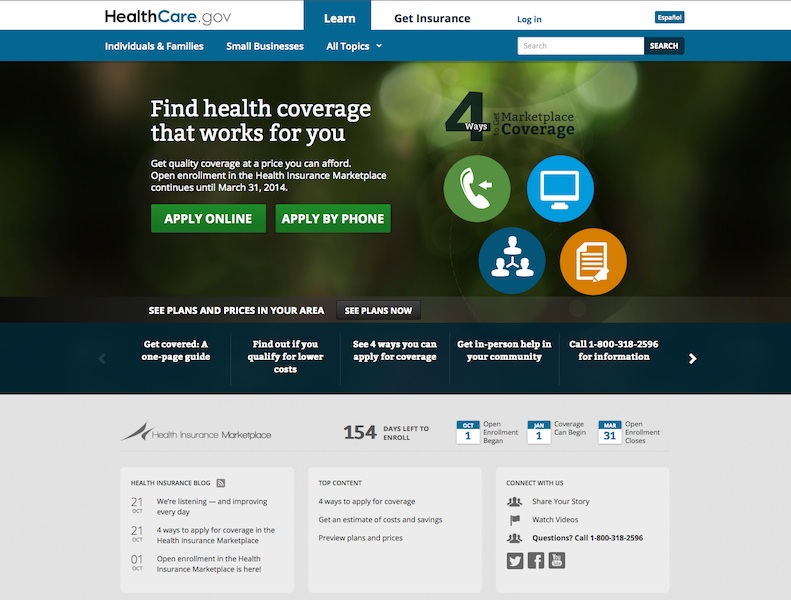A few days ago I was speaking to some folks on the inside of the effort to get HealthCare.gov working. Their take on the much-discussed Post piece stating that the site was likely not to be ready by December 1st was that it mistook how any site works. Not that it was wrong per se but was too binary in its take. It’s not like a car where you put your key in the ignition and it starts or it doesn’t. It’s an inherently incremental and iterative process – which at least as a general matter is true with any website, large or small, especially large.
The piece out in the Post today is another case of a headline giving a somewhat misleading view not only of the reality of the situation, but even what’s contained in the piece itself.
If you haven’t read it, the piece states that the administration’s goal (when it will consider the site “working” and a “success”) is when 80% of users will be able to use it to buy health care plans. This is apparently what the administration means when they use the now familiar catchphrase that the “vast majority” of users will be able to successfully use the site.
Now, 20% left out is a lot of people.
But fairly far down in the article is this paragraph …
According to a government official familiar with the new target, the 20 percent who are unlikely to be able to enroll online are expected to fall into three groups: people whose family circumstances are so complicated that the Web site cannot determine their eligibility for subsidies to help pay for health plans; people uncomfortable buying insurance on a computer; and people who encounter technical problems on the Web site.
It would clarify a lot if we knew a breakdown of these three categories within that 20%. But this is some pretty serious fine print and puts the 80/20 in a somewhat different light.
After all, getting the site to “work” for people who are unwilling or uncomfortable buying insurance on their computer seems like a pretty intractable problem and not what most people think of when they talk about the site ‘working’.
The issue of people with complex life situations was the main one I heard about talking with people working on the refit process. It’s what it sounds like. For your average single person making $40k a year or a family of four making $60k it basically works fine now. But when you get into more complicated situations with different kinds of dependents, more complicated income situations etc and a lot else, sometimes the site is not able to provide answers.
Obviously, the devil is in the details here. I think everyone understands there will likely be some very complicated edge cases where the calculation of a subsidy may require getting on the phone with someone. Just how complicated your situation has to be before the website can’t help you will be the key question. And what I take from people familiar with the process is that this is the part of the equation, working down that percentage, that will require a lot of iterating and optimization beyond December 1st.
The political reality is that landing with a thud on October 1st means that everything about this site and the law is now getting extremely close and often misleadingly negative scrutiny. The reality reality, however, is not necessarily as dire as a lot of these reports suggest.






